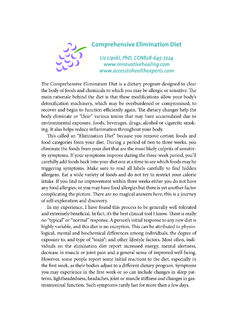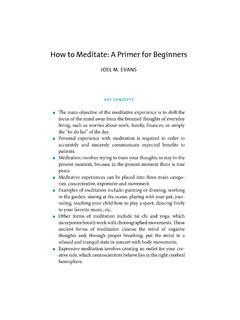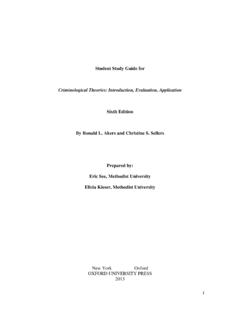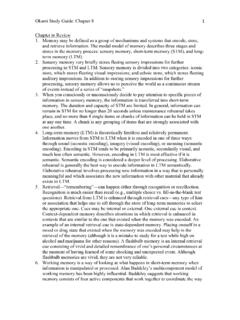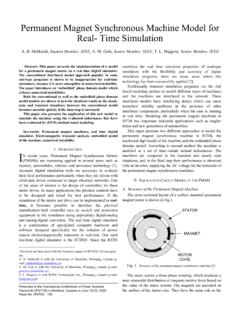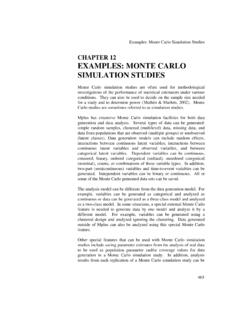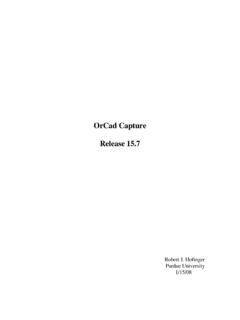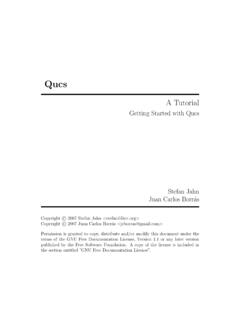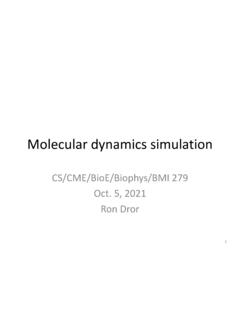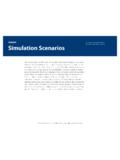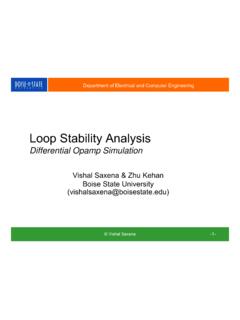Transcription of SPICE DEVICE MODELS AND DESIGN SIMULATION …
1 APPENDIX BSPICE DEVICE MODELS AND DESIGNSIMULATION EXAMPLES using PSPICEAND MULTISIMI ntroductionThis appendix is concerned with the very important topic of using PSpice and Multisim tosimulate the operation of electronic circuits. The need for and the role of computer simulationin circuit DESIGN was described in the preface. The appendix has three sections: Section a brief description of the MODELS that SPICE uses to describe the operation of opamps, diodes, MOSFETs, and BJTs. Section presents DESIGN and SIMULATION examplesusing PSpice. Finally, DESIGN and SIMULATION examples utilizing Multisim are presented inSection The examples are keyed to the book chapters and are numbered in a way thatmakes this relationship transparent.
2 Thus, Example refers to the first PSpice simulationexample on Chapter 2 material. Similarly, Example refers to the second Multisimsimulation example on Chapter 5 the descriptions presented in this appendix, the reader will find the completesimulation files for each example on the book SPICE DEVICE ModelsTo the designer, the value of SIMULATION results is a direct function of the quality of the modelsused for the devices. The more faithfully the model represents the various characteristicsof the DEVICE , the more accurately the SIMULATION results will describe the operation of anactual fabricated circuit. In other words, to see the effect on circuit performance of variousimperfections in DEVICE operation, these imperfections must be included in the DEVICE modelused by the circuit The Op-Amp ModelIn simulating circuits that use one or more op amps, it is useful to utilize amacromodeltorepresent each op amp.
3 A macromodel is based on the observed terminal characteristics ofthe op amp rather than on the modeling of every transistor in the op-amp internal can be developed from data-sheet specifications without knowledge of thedetails of the internal circuitry of the op MacromodelThe schematic capture of a linear macromodel for an internally com-pensated op amp with finite gain and bandwidth is shown in Fig. In this equivalent-circuitmodel, the gain constant A0dof the voltage-controlled voltage source Edcorrespondsto the differential gain of the op amps at dc. Resistor Rband capacitor Cbform aB-1 2015 Oxford University PressReprinting or distribution, electronically or otherwise, without the express written consent of Oxford University Press is BSPICE DEVICE MODELS and DESIGN SIMULATION Examples using PSpice and Multisimsingle-time-constant (STC) filter with a corner frequencyfb=12 RbCb( )The low-pass response of this filter is used to model the frequency response of the internallycompensated op amp.
4 The values ofRbandCbused in the macromodel are chosen such thatfbcorresponds to the 3-dB frequency of the op amp being modeled. This is done by arbitrarilyselecting a value for eitherRborCb(the selected value does not need to be a practical one) andthen using Eq. ( ) to compute the other value. In Fig. , the voltage-controlled voltagesourceEbwith a gain constant of unity is used as a buffer to isolate the low-pass filter from anyload at the op-amp output. Thus any op-amp loading will not affect the frequency responseof the filter and hence that of the op linear macromodel in Fig. can be further expanded to account for other op-ampnonidealities.
5 For example, the equivalent-circuit model in Fig. can be used to model aninternally compensated op amp while accounting for the following op-amp Offset Voltage (VOS). The dc voltage sourceVOSmodels the op-amp inputoffset voltage.{Cb}{Rb}2111 Gain {A0d}Edbd0022 b33 Gain 1Eb00 Figure linear macromodel used to model the finite gain and bandwidth of an internally compensatedop amp.{IB1}{IB2}{VOS}{2*Ricm}{2*Ricm}11022 {Rid} Ecm1 EdEcm2{Cb}{Rb}2b1 Gain {A0cm 2}Gain {A0cm 2}000021 Gain {A0d} {Ro}0b33 Gain 10Eb Figure comprehensive linear macromodel of an internally compensated op amp. 2015 Oxford University PressReprinting or distribution, electronically or otherwise, without the express written consent of Oxford University Press is SPICE DEVICE Bias Current (IB) and Input Offset Current (IOS).
6 The dc current sourcesIB1andIB2model the input bias current at each input terminal of the op amp, withIB1=IB+IOS2andIB2=IB IOS2whereIBandIOSare, respectively, the input bias current and the input offset currentspecified by the op-amp Input Resistance (Ricm). If the two input terminals of an op ampare tied together and the input resistance (to ground) is measured, the result is thecommon-mode input resistanceRicm. In the macromodel of Fig. , we have splitRicminto two equal parts (2 Ricm), each connected between one of the input terminalsand Resistance (Rid). The resistance seen between the two inputterminals of an op amp is the differential input Gain at DC (A0d) and Common-Mode Rejection Ratio (CMRR).
7 The output voltage of an op amp at dc can be expressed asV3=A0d(V2 V1)+A0cm2(V1+V2)( )whereA0dandA0cmare, respectively, the differential and common-mode gains of theop amp at dc. For an op amp with a finite CMRR,A0cm=A0d/CMRR( )where CMRR is expressed in V/V (not in dB). In the macromodel of Fig. , thevoltage-controlled voltage sourcesEcm1andEcm2with gain constants ofA0cm/2 accountfor the finite CMRR while Frequency (ft). From Eq. ( ), the 3-dB frequencyfband theunity-gain frequency (or gain-bandwidth product)ftof an internally compensatedop amp with an STC frequency response are related byfb=ftA0d( )As in Fig. , the finite op-amp bandwidth is accounted for in the macromodelof Fig.
8 By setting the corner frequency of the filter formed by resistorRbandcapacitorCb(Eq. ) to equal the 3-dB frequency of the op amp, Resistance (Ro). The resistance seen at the output terminal of an op amp isthe output linear macromodels in Figs. and assume that the op-amp circuit is operatingin its linear range and do not account for its nonideal performance when large signals arepresent at the output. Therefore, nonlinear effects, such as output saturation and slew rate, arenot MacromodelThe linear macromodel in Fig. can be expanded to accountfor the op-amp nonlinear performance. For example, the finite output voltage swing of the opamp can be modeled by placing limits on the output voltage of the voltage-controlledvoltage source Eb.
9 In PSpice, this can be done using the ETABLE component in the 2015 Oxford University PressReprinting or distribution, electronically or otherwise, without the express written consent of Oxford University Press is BSPICE DEVICE MODELS and DESIGN SIMULATION Examples using PSpice and Multisimanalog-behavioral-modeling (ABM) library and setting the output voltage limits in the lookuptable of this component. Further details on how to build nonlinear macromodels for the opamp can be found in the references on SPICE SIMULATION . In general, robust macromodels thataccount for the nonlinear effects in an IC are provided by the op-amp manufacturers.
10 Most sim-ulators include such macromodels for some of the popular off-the-shelf ICs in their example, PSpice and Multisim include MODELS for the A741, the LF411, and the LM324op The Diode ModelThe large-signal SPICE model for the diode is shown in Fig. The static behavior ismodeled by the exponentiali vrelationship. Here, for generality, a constantnis included inthe exponential. It is known as theemission cofficient, and its value ranges from 1 to 2. In ourstudy of the diode in Chapter 4, we assumedn=1. The dynamic behavior is represented bythe nonlinear capacitorCD, which is the sum of the diffusion capacitanceCdand the junctioncapacitanceCj.

